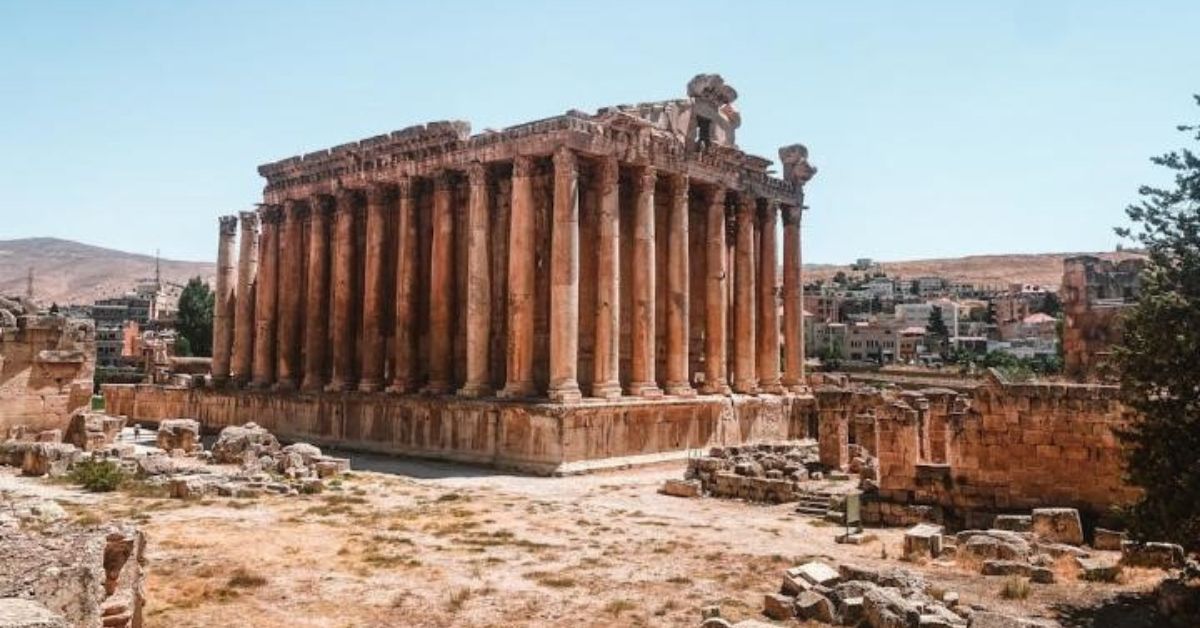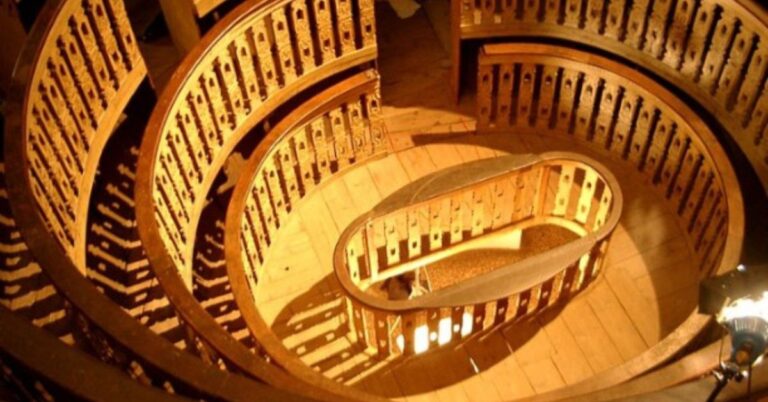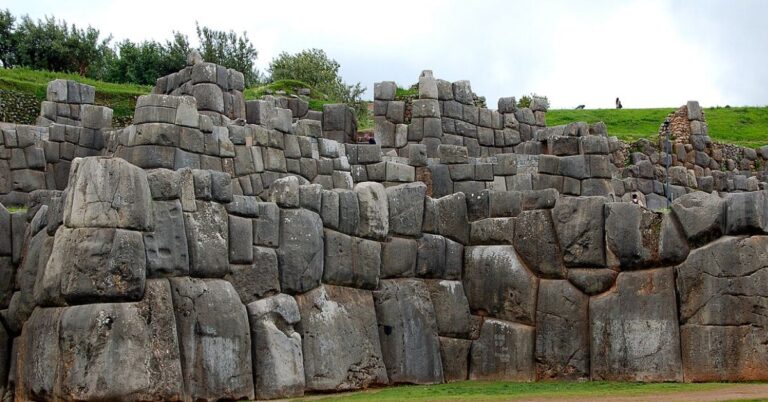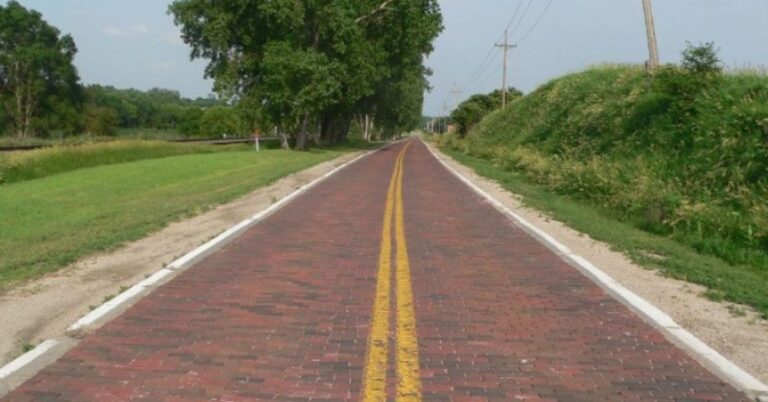The World’s Oldest Ruins and the Fascinating Stories Behind Them

Scattered across the globe, ruins like the Mesa Verde are windows into humanity’s earlier days. Luckily, they have survived and tell the stories of once-great empires, innovation, and resilience. Ready to dive into these artificial time machines? Let’s uncover five of them, their histories, and the stories they hold.
Machu Picchu, Peru
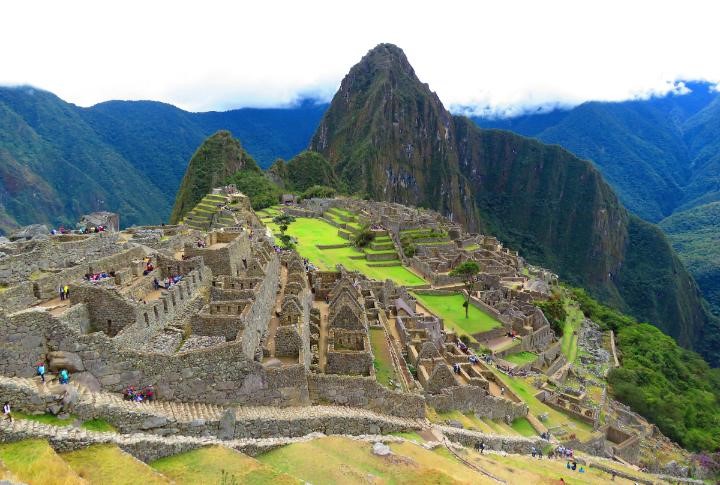
This iconic Inca citadel, nestled high in the Andes, is one of the world’s most visited and photographed historical sites. The site comprises around 200 buildings covering over 32,000 hectares and over 2,400 meters above sea level. Machu Picchu flourished from the 15th century until the 16th century when Spanish forces attacked it.
Chichen Itza, Mexico
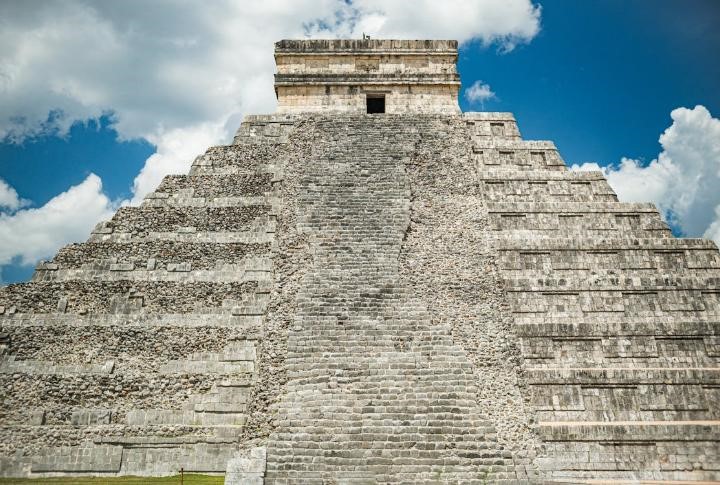
Chichen Itza was a powerful city of the Maya civilization, thriving from the 8th to the 13th century. It was a center of politics, commerce, and religion, with structures like the Temple of Kukulcan reflecting the Mayans’ advanced understanding of astronomy. The city declined after internal conflict and conquest but preserves the legacy of one of Mesoamerica’s greatest cultures to this day.
Petra, Jordan
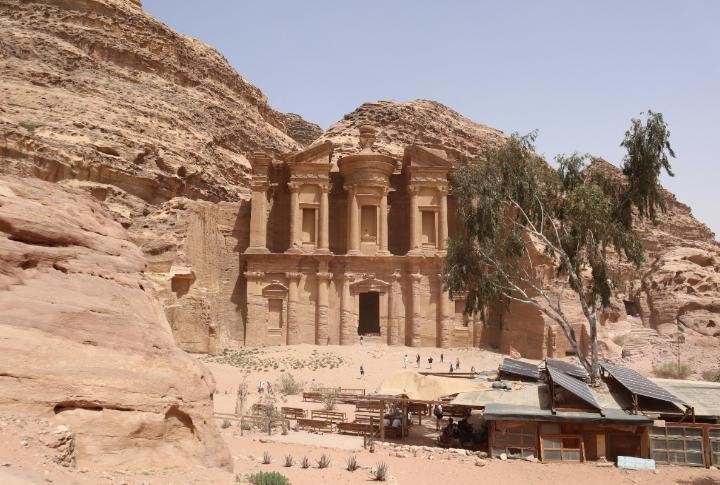
Once known as Jordan’s “Rose City” for its pink-colored stone, Petra was the thriving capital of the Nabataean Kingdom around 300 BCE. It was renowned for its rock-cut architecture and impressive water systems until it was eventually abandoned due to earthquakes and natural disasters. Today, its grandeur has earned it a place as one of the New Seven Wonders of the World.
Ephesus, Turkey
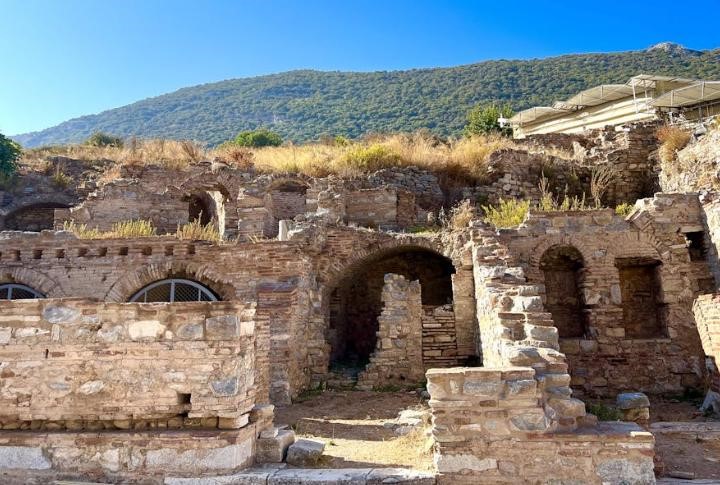
Ephesus, in Turkey, was an ancient Greek and Roman city known for the Temple of Artemis and the Library of Celsus. Over time, the city became a key Roman settlement, famed for landmarks like the Library of Celsus and its massive amphitheater, which hosted thousands for gladiator fights and performances.
Mesa Verde National Park, USA
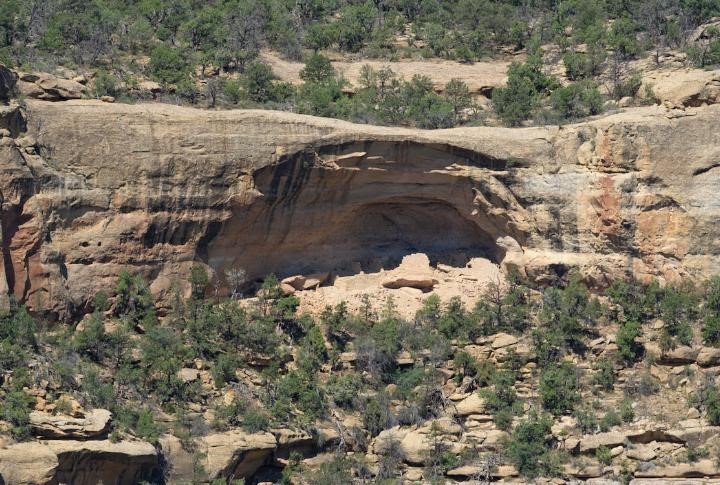
This site features the cliffside homes built by the Ancestral Puebloans, who inhabited the area between 600 and 1300 AD. These intricate homes were carved into sandstone cliffs, showcasing advanced engineering and communal living. Once thriving with trade and agriculture, the site was abandoned due to environmental changes. Today, it offers a glimpse into the ingenuity and resilience of Native American cultures.
